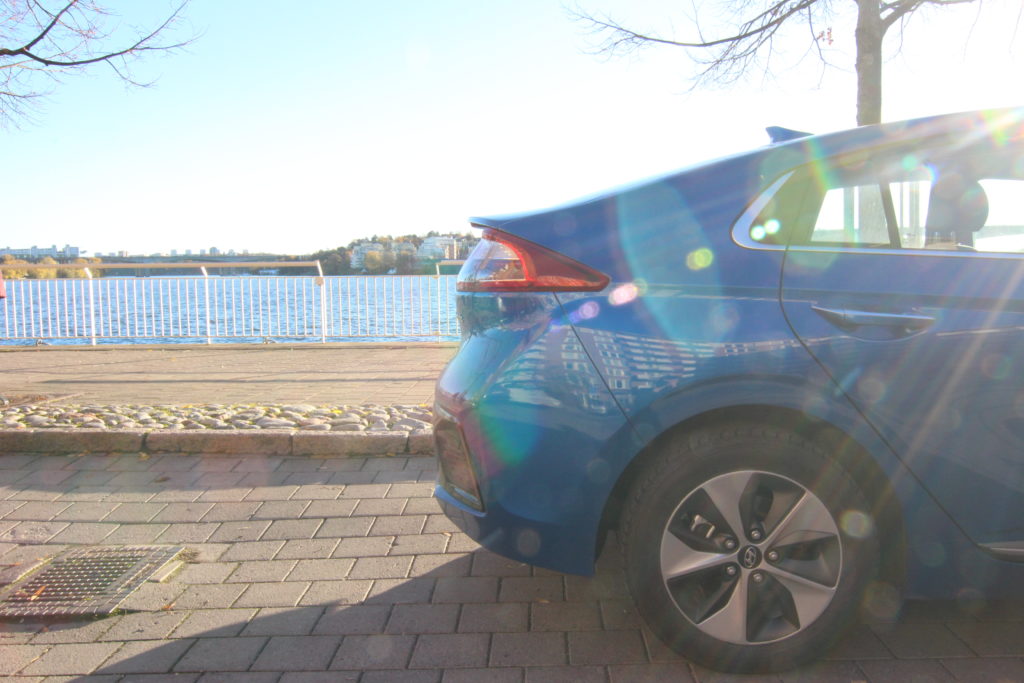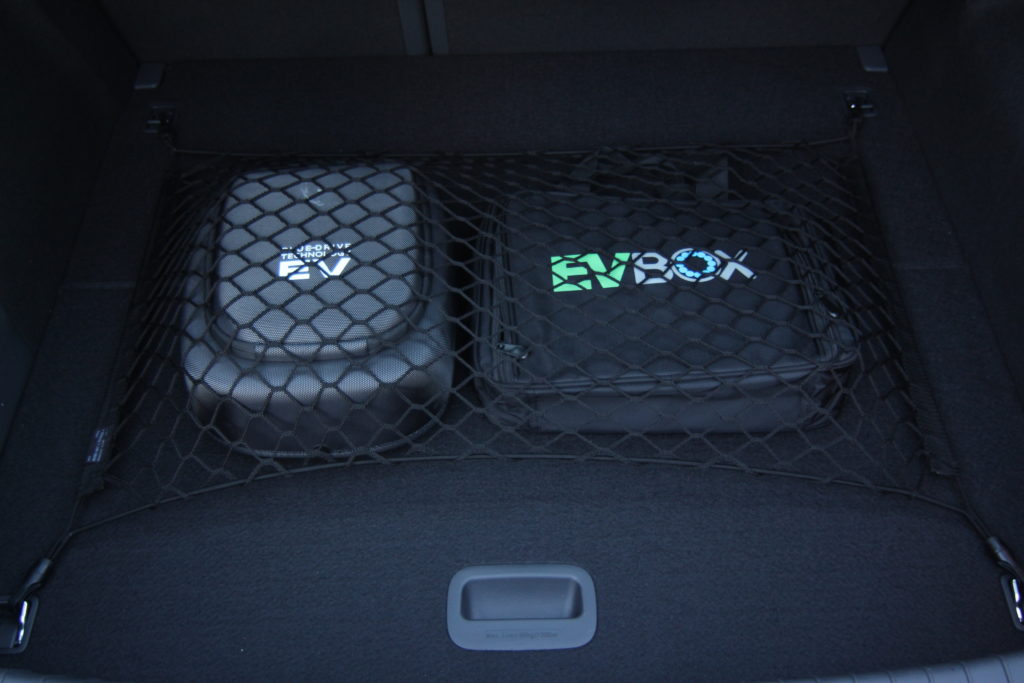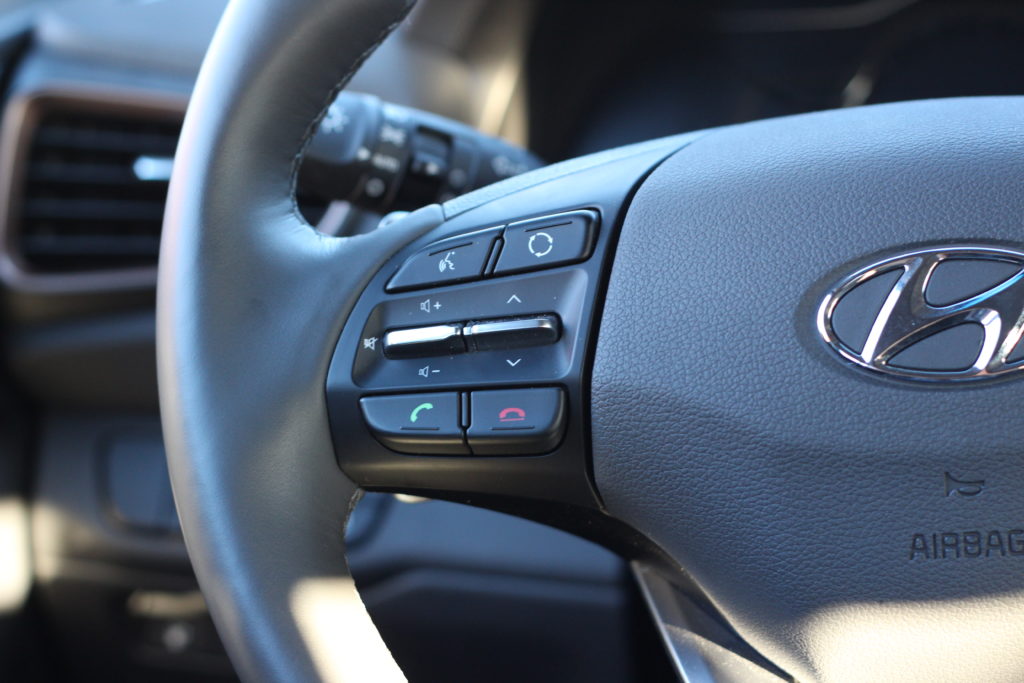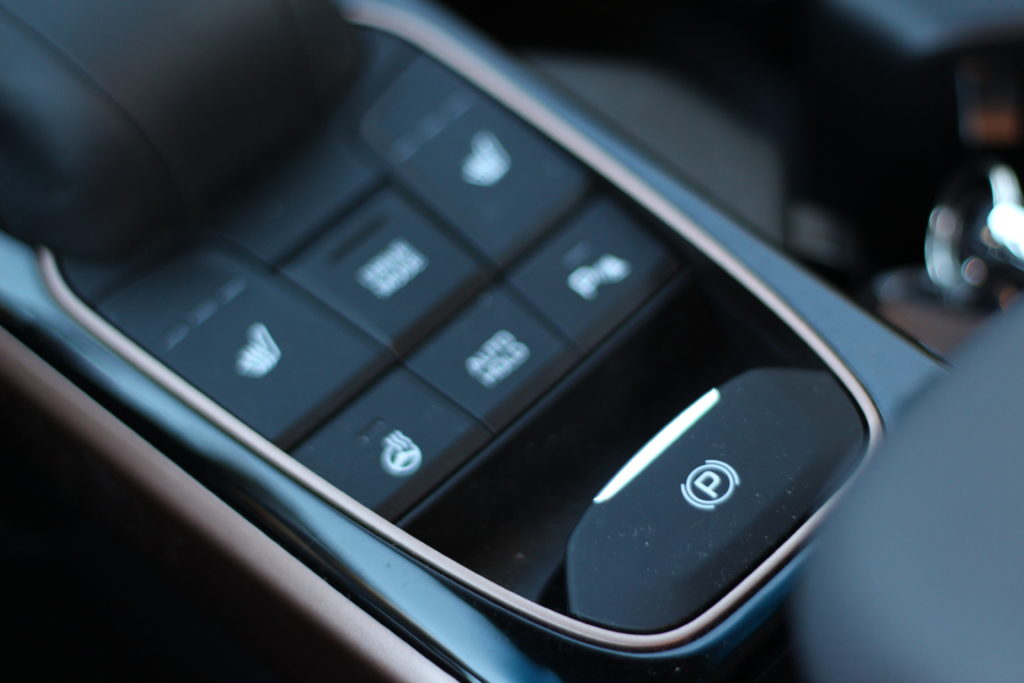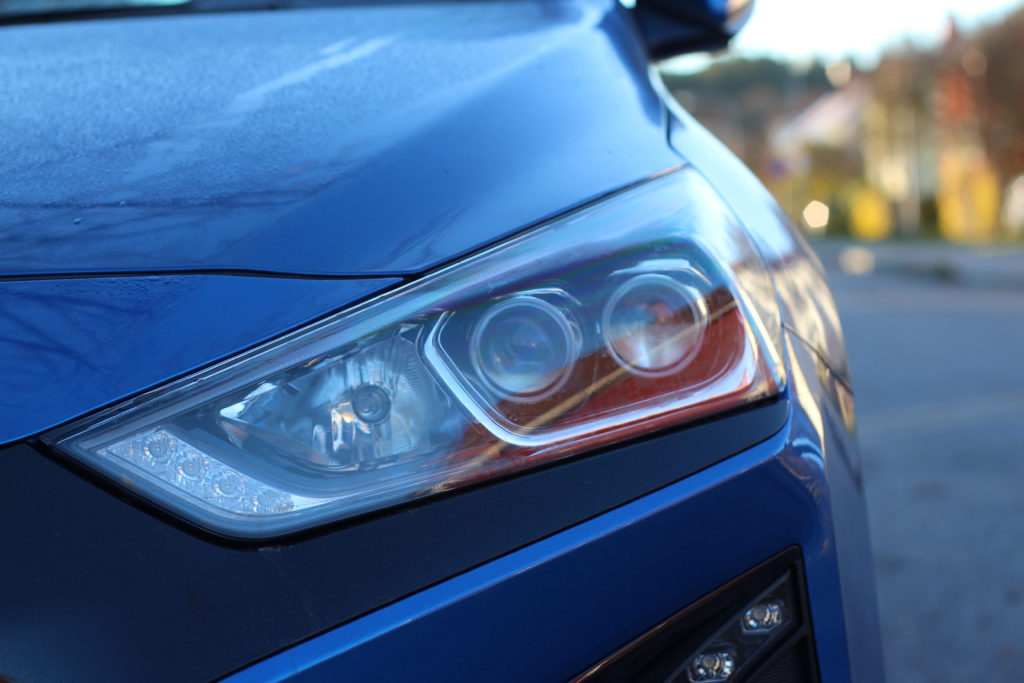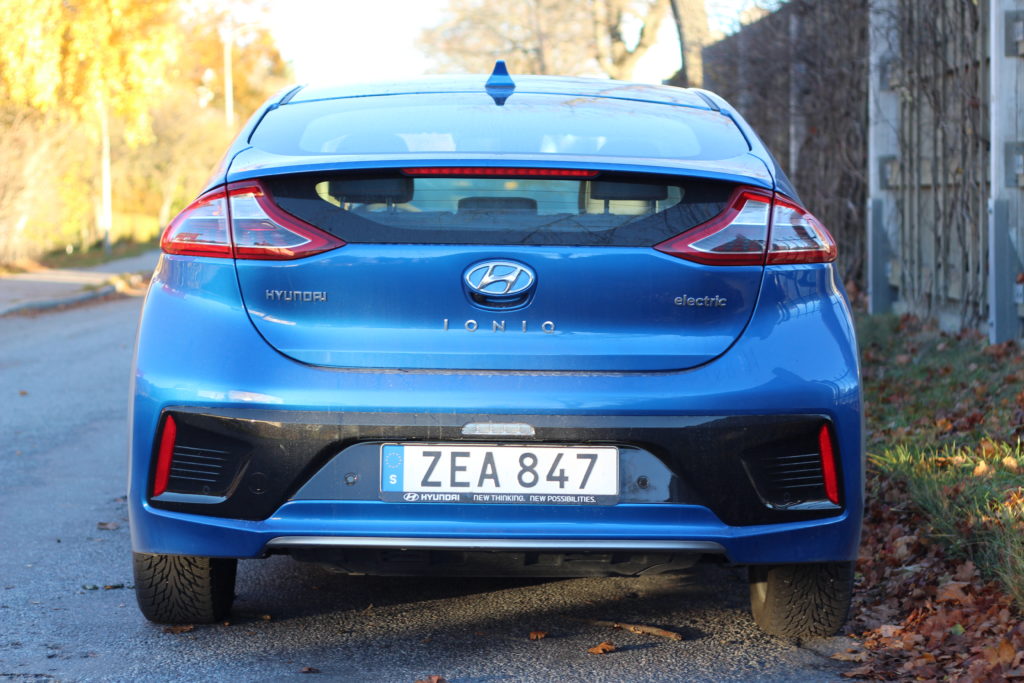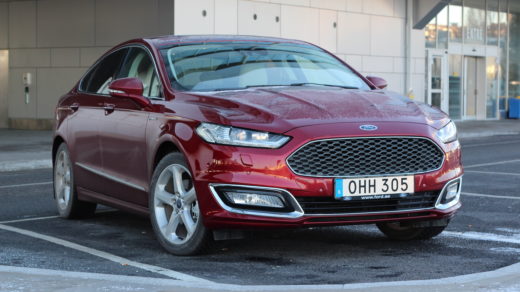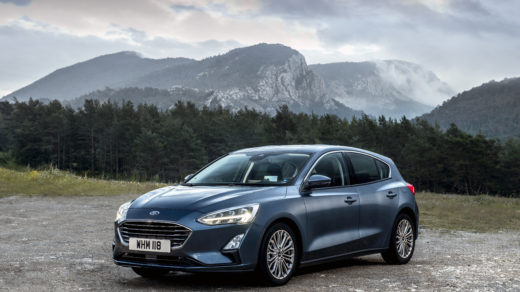Hyundai IONIQ Electric – Electric brilliance
When someone talks about electric cars the mind always go to Tesla, but in the last years other have played catch up and there are some serious competitors. One of them are a company from South Korea named Hyundai which begun production of their IONIQ Electric in 2016. Is it a real challenger to the Tesla, or more importantly, can it be as good and practical as a petrol powered car?
The car certainly looks apart from the standard lineup of “ordinary cars”, but it does not by any means look more like a spaceship than a car. With a shape that reminds me of the Toyota Prius, the IONIQ is a hybrid between an estate and a sedan. The rear roofline is raised up and the front has been sealed completely to improve the aerodynamic capabilities of the car.
Focusing on the front I am not convinced by the look of filling in what was supposed to be the grill with black plastic. The design theme is awfully similar to the oldest generation Tesla and once you notice it, it is impossible not to see. Overall, after living with it for one week, the shape and design has grown on me.
After finding my way inside I was surprised to see how simple it was. The transmission is now operated with buttons which took about five seconds getting used to. The interior is covered with bronze accents which is a bit of a dull color, and is certainly not the color I think of when I think future and electric. Apart from that Hyundai has made a simple and intuitive car where the buttons are logically placed. It could almost be blamed for being too simple and I would lie if I did not miss a bit of quirkiness.
With the car fully charged the range meter showed north of 180 kilometers. Is this enough? If the car was used for medium far commutes which doesn’t contain freeways(speeds over 100 km/h ruin your gas mileage, especially for electric vehicles),yes. The car is as one would expect, quiet, not just because that there is no petrol engine, but the car is very well insulated. The ride is seriously comfortable and with the instant torque from the engine it is a breeze to use in the cities.
In order to drive as efficiently as possible, the IONIQ Electric is fitted with regenerative brakes. In other means, instead of only stopping the car, they also use the brakes to generate electricity which gives the car longer range when used effectively. How aggressive this regenerative braking system is depends on what level it is set to. At each side behind the steering wheel is a lever which either increases or lowers the engagement of the system. At the highest setting there is almost no need for the brakes but it is impossible to use smoothly on the freeway. Choosing the right level is therefore key.
The real disadvantage have been and still is when the battery gets low. The number of charging stations where I live is fairly high where people even have installed chargers at their houses which you can use with a certain app. I will return to these apps. At lower congested areas it is a completely different story. The distances between the charging stations are often greater than the range of the car which forces you to plan your driving at a whole different level compared to before. When you finally have found a charging station which has a supercharger, it is often packed by other electric cars which means using a charging station that might take up to 4 hours to charge. Some chargers used a very straightforward pay system, others used a plethora of different apps which was very frustrating to look up, download, set up an account, register a card and then pay.
This rant about the lack of infrastructure is in reality not completely the automakers fault, but it most definitely brings down the usability level of the car, which is a shame because the IONIQ Electric is a genuinely good car. Compared to other Evs (electric vehicles) it is light and with the torquy engine it can even be fun on a tighter back road. That was not something I thought I would have in this car. And for that I thank you Hyundai.
